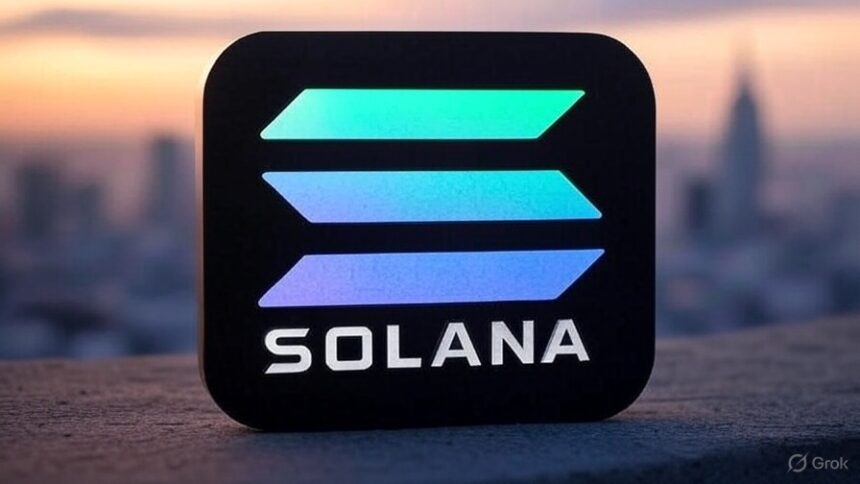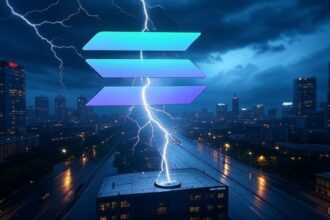In a recent publication, analyst Fred Kruger said, in his opinion, large-scale adoption of Stablecoins, such as USDC (published by Circle), occurs in Solana rather than Ethereum.
«I can’t imagine people using Metamusk and jumping between the secondary layers of Ethereum to buy coffee at Starbucks. Yes, I see them using USDC in Solana,” he said.
His argument suggests that The Ethereum user experience can be too complicated for everyday useLike the store payment.
For example, in MetaMask Wallets, users typically need to interact with various two-tier (L2) chains, solutions designed to reduce congestion and cost reductions in their main network. However, this may include additional steps, such as network changes or paying for some commissions.
In contrast, Kruger’s position is directed towards a more fluid usage experience that Solana stands out. This means that the committee is very low and there is no need to change the network. In your vision, it is a more appropriate option for daily use of stub coins such as USDC.
Discussion
The analyst’s position unleashed a series of comments. Some people have pointed out that neither Bitcoin (BTC) nor Ether (ETH) is used for retail paymentsand it doesn’t decide which network will win in the long run. «People also buy at Starbucks using BTC. That’s not the reason Ethereum is reaching large-scale adoption,” the user said.
Others have pointed out that Stablecoins compete with debit cards due to their ability to make immediate payments, but in developed countries, credit cards are more popular due to perks such as rewards and payment facilities. According to this perspective, stable currencies do not reach large adoption in developed countries, and their growth is more relevant to emerging economies.
Solana’s harsh criticism has also appeared.. Some warned that reputations towards banks and large institutions could be affected by technical disruptions, project failures, and the history of speculative activities by Memcoin. “What do users think if banks choose bets, crime-related chains and are able to go out at any time?”
Memecoins such as Shiba Inu (Shib) and Dogecoin (Doge) are usually more tokens due to trends and fun than the actual or solid use of technical support. Therefore, they are often associated with the risk of fraud or Rug pull (A scam in which the project creator disappears with investor funds). This reputation creates mistrust, especially among institutional investors and regulators.
It should be noted that this will add to the technical questions associated with Solana over time. The project is shown by the structure of the verification device – it has a structure responsible for processing and verifying transactions – allowing for more intensive and expensive actions.
For some critics, this could undermine decentralization, an important principle of cryptocurrency networks.
Meanwhile, Ethereum maintains a robust reputation as a platform for the development of more sustainable projects, along with a community of mature programmers and infrastructure designed for interoperability with traditional systems.
Others defended the strength of Ethereum as the most reliable platform For financial applications. «Tokenization occurs on trusted networks. Ethereum does not suffer from falls, is more decentralized and better meets legal requirements. That’s why it’s a priority option by Wall Street,” internet users said.
The truth is that numbers support Solana’s growth and popularity. As reported EncryptionIn the second quarter of 2025, the network generated $271 million in fee revenue, consolidating its position as leaders for the third consecutive quarter, already surpassing Ethereum (199 million) and Tron (165 million) over Bitcoin (50 million) (50 million).
Solana is currently leading the committee, but discussions on the massive adoption of Stablecoins remain open, and Ethereum maintains its financial applications and decentralization strengths.






